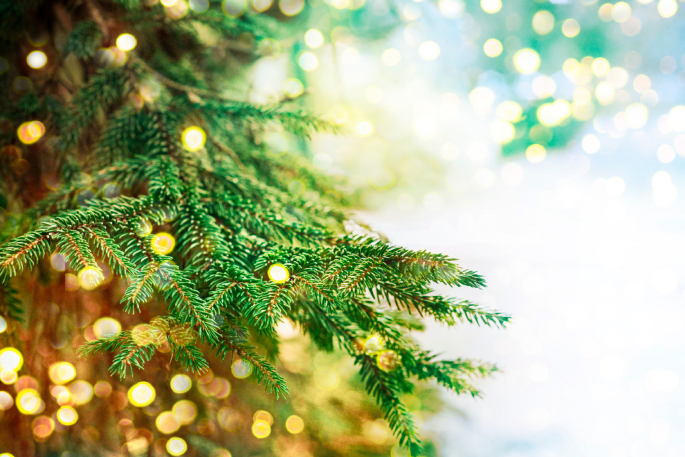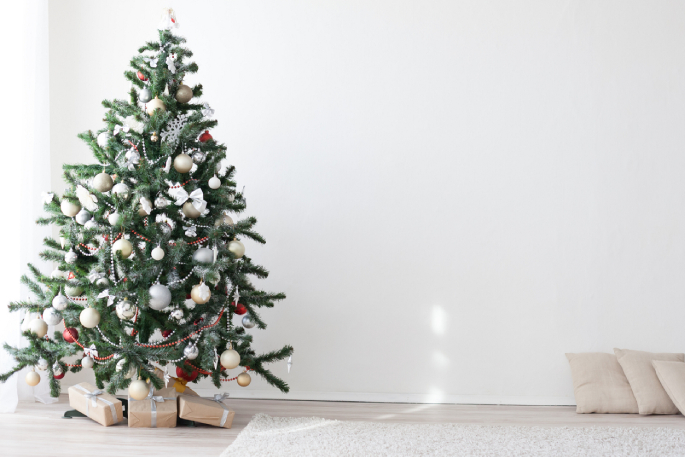Whether you plan to put up a plastic or pine tree this year, Sensitive Choice New Zealand is warning people with asthma and allergies about the risk of Christmas Tree Syndrome.
Christmas Tree Syndrome is an allergic reaction to real or artificial trees and can cause wheezing, sneezing, coughs, sore eyes and even potentially serious asthma attacks, so if you’re reaching for your inhaler more often, you could be experiencing Christmas Tree syndrome.
First identified in 1929, when several patients’ asthma worsened in a hospital after Christmas trees were put up in the ward, Christmas tree syndrome is estimated to affect about seven per cent of people.
A 2011 study reported that more than 50 kinds of mould were found on samples researchers brought in from their own Christmas trees.
Sensitive Choice New Zealand spokesperson and pharmacist, Dr Amy Chan, says what is most surprising is that both real Christmas trees as well as artificial trees have their own dangers.
“Real Christmas trees like cypress and pine can trap high amounts of pollen from other plants before they are cut down, and as the cut tree dries out, it releases the pollen which becomes airborne inside the house.
“The pollen and mould can cause ‘Christmas tree syndrome’, which can trigger asthma and hay fever symptoms and causes wheezing, sneezing, disrupted sleep, and possible severe asthma attacks.”
However, she warns that artificial Christmas trees can cause similar problems.
“Artificial trees can be a safe alternative but, if used year after year, they accumulate dust or mould, which may be invisible to the naked eye.
“Even the most exciting part of the Christmas tree tradition - decorating - can put you at risk too if festive decorations have become dusty in storage.”
Dr Chan says those with allergies and/or asthma can still have a Christmas tree if they wipe artificial trees clean of dust and mould with a damp cloth or take a hose to the real version.
“You can reduce the risks by simply hosing off the tree before you bring it in the house and letting it dry, as you will greatly reduce the amount of pollen and dust.”
 An example of a real Christmas Tree.
An example of a real Christmas Tree.
Sensitive Choice New Zealand has these tips to help keep your festive season free of wheezing and sneezing:
Live Christmas tree in your home
- Hose down your live tree before you bring it into the house to help to wash off the allergens
- Cut 2.5cm off the bottom so you can water the tree and it will stay in a reasonable condition without drying out too quickly - but remember not to try that with electric lights!
- Make sure to remove your Christmas tree after Christmas festivities are over
- If you notice increased asthma or allergy symptoms, or you need your inhaler more often, move your tree outside.
Artificial Christmas tree in your home
- Give it a good shake outdoors before you put it up inside
- Unpack your tree and decorations outside
- Wipe down your artificial tree, wreaths and ornaments with a damp cloth to remove the dust
- When you pack your tree and decorations away, use airtight plastic bags and sealed boxes so they collect less dust.
Dr Chan says that if you have asthma or allergies, it’s important to be aware of your triggers and manage them if possible.
“You should also continue to follow the written asthma action plan that you have developed with your doctor. Make sure you have your medication with you and take it as advised by your doctor, even if you are out celebrating during the festive season or away on holidays.”
For more information on managing your asthma and staying well visit sensitivechoice.co.nz
Or download the Christmas Tree Syndrome Fact Sheet



1 comment
Bah Humbug
Posted on 11-12-2023 23:13 | By Bill Gibson-Patmore
Double Bah Humbug. Would people not figure this out without a public society?
What happened in the thousand years of experiencing Christmas trees pre-interweb?
Leave a Comment
You must be logged in to make a comment.